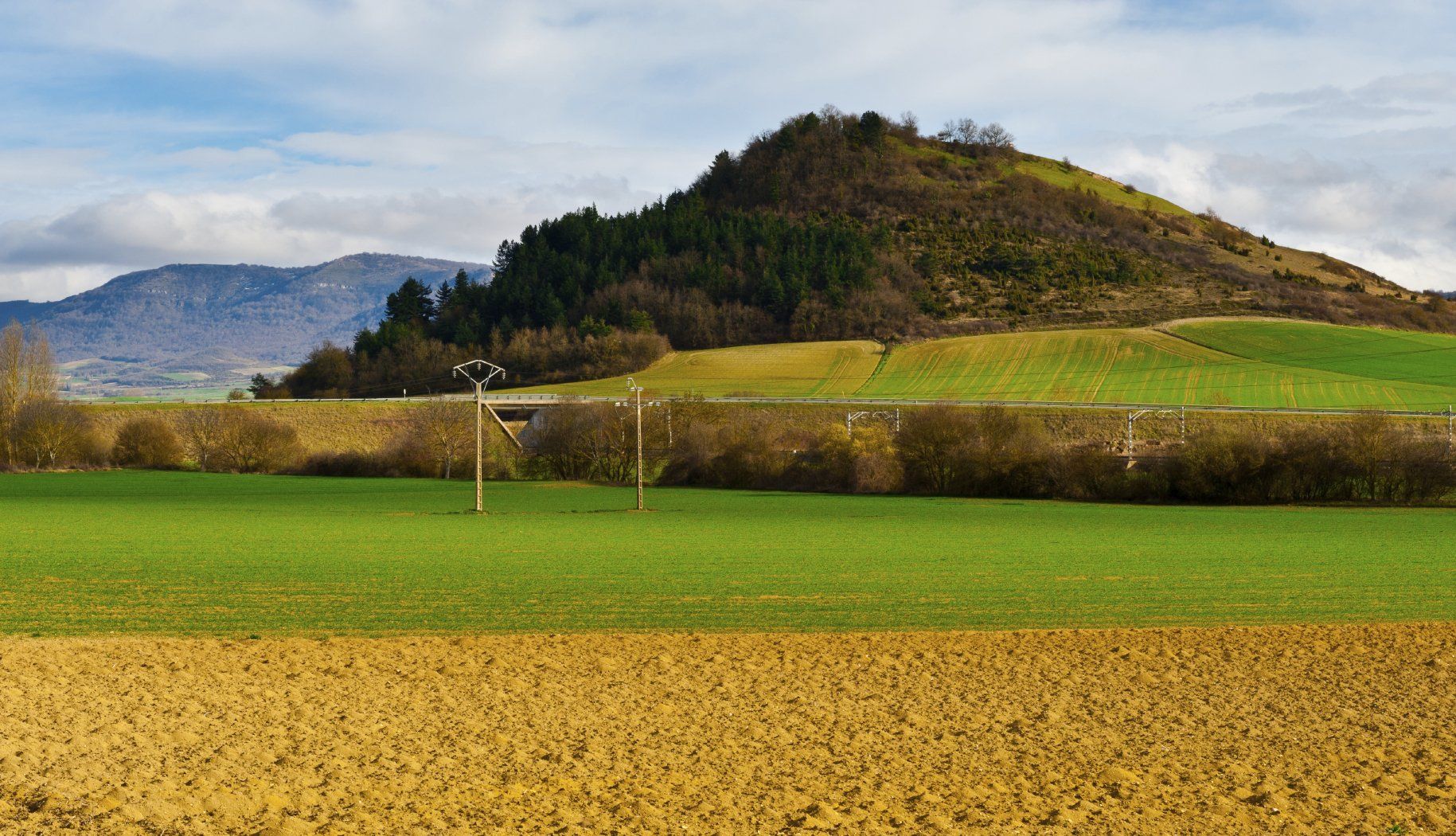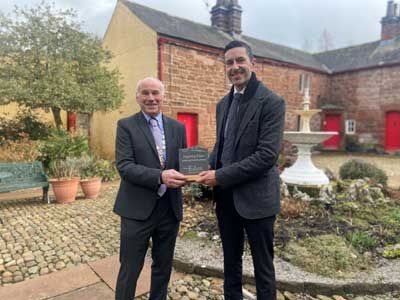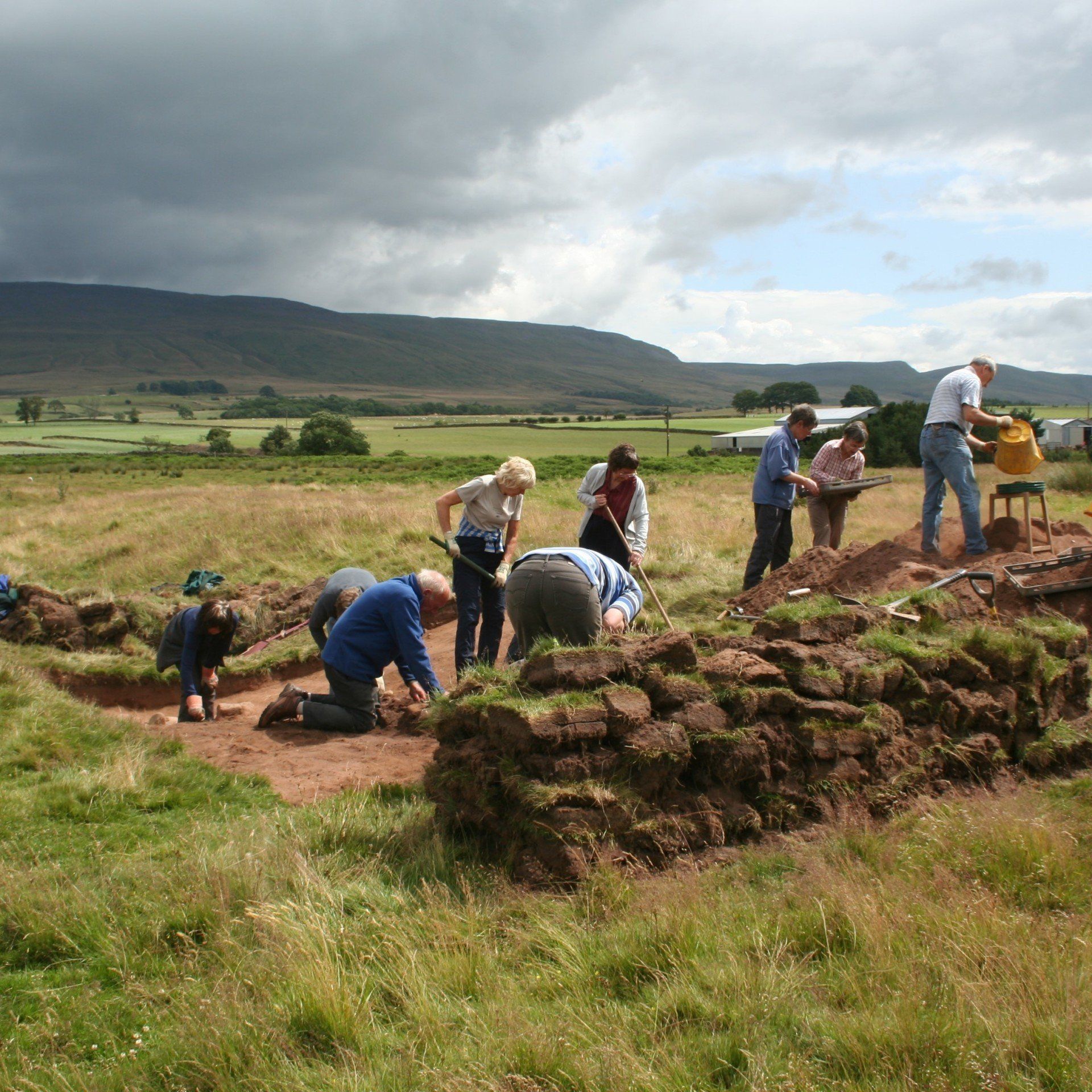Dig Appleby - Digging Deeper : Community Archaeology
Community archaeology in the heart of the Eden Valley

Eden Heritage is supporting a 3-year community archaeology project, which aims to provide new information about the origins and development of the town of Appleby-in-Westmorland, Cumbria. Supported through the Heritage Lottery Fund, Dig Appleby – Digging Deeper aims to encourage volunteers to discover more about archaeology and local history by undertaking hands-on research. The project has provided workshops and training in archaeological investigation methods, following which volunteers have been conducting archaeological surveys and excavations around the town.
Appleby-in-Westmorland was formerly the County Town of Westmorland, but the town’s origins are currently not well-understood. There has been very little previous archaeological research undertaken within Appleby-in-Westmorland, due largely to the lack of modern development within the historic core of the town. However, the preliminary investigations that have previously taken place suggest that archaeological remains survive both within the historic core of the town and the surrounding landscape, waiting to be discovered. The Dig Appleby project hopes to reveal more about the early Danish settlement at Bongate, and the Norman medieval town, as well as later periods of the town’s history.
During the summer volunteers have excavated test pits and trenches in the gardens of Bongate and the main street of Boroughgate, which has resulted in the discovery of medieval remains. The garden of St Anne’s Hospital has proven particularly productive and has produced a large assemblage of medieval pottery. Opened in 1653 by Lady Anne Clifford, St Anne’s Hospital was built for the maintenance of 13 poor widows, looked after by a ‘mother’. The hospital comprises almshouses with a private chapel, arranged around a central courtyard and is a Grade II* listed building. A trench in the garden to the rear of the almshouses revealed the remains of structures beneath the garden pre-dating the almshouses, including a very large pit containing discarded animal horns. In the medieval period horn was an inexpensive and plentiful material and it was probably being used to make everyday household articles such as spoons and beakers. The results of the project will be published online, and displayed in the town, with a booklet produced on the archaeology of Appleby-in-Westmorland.








